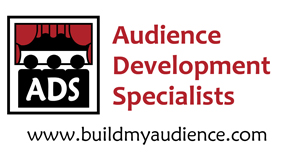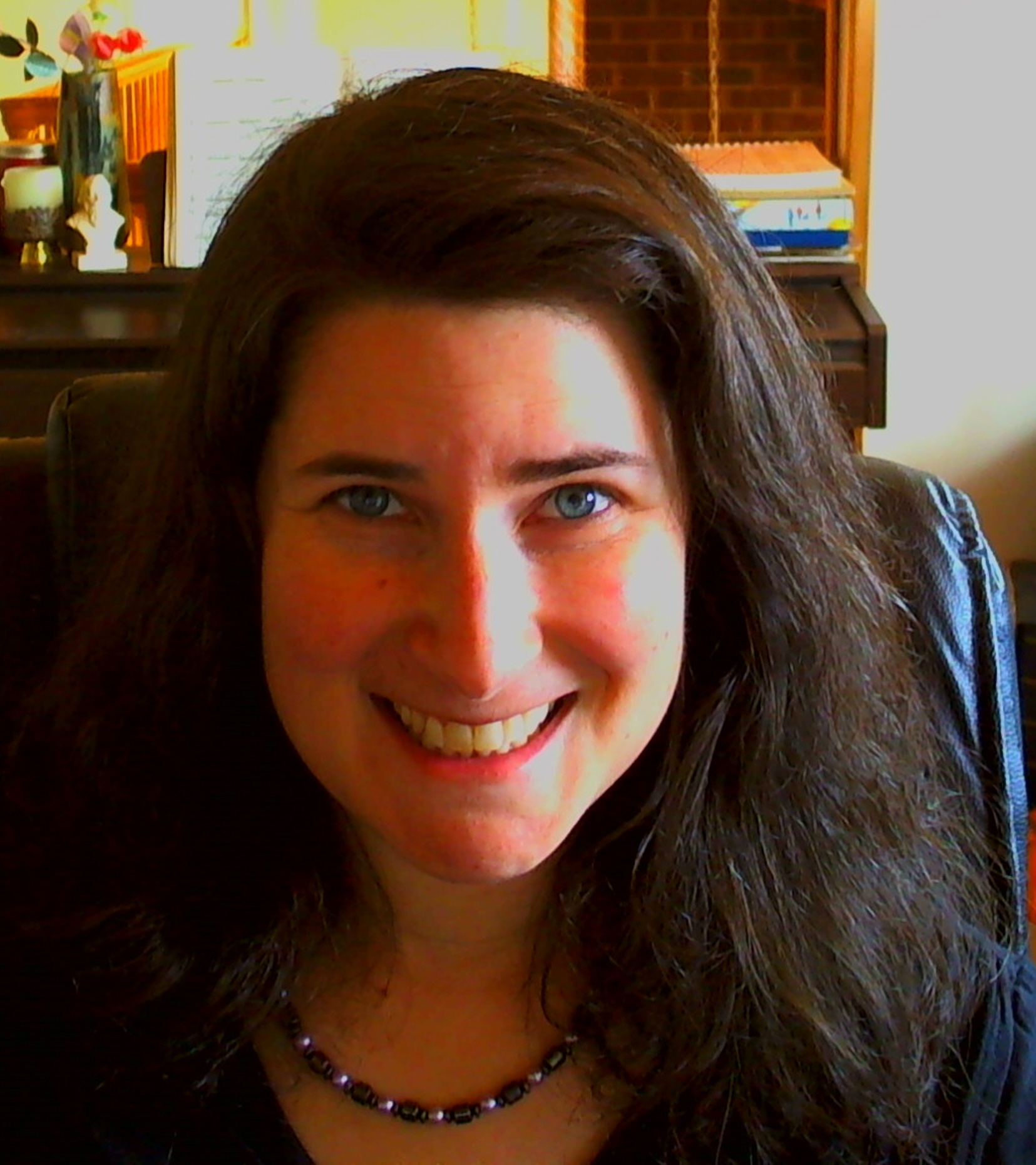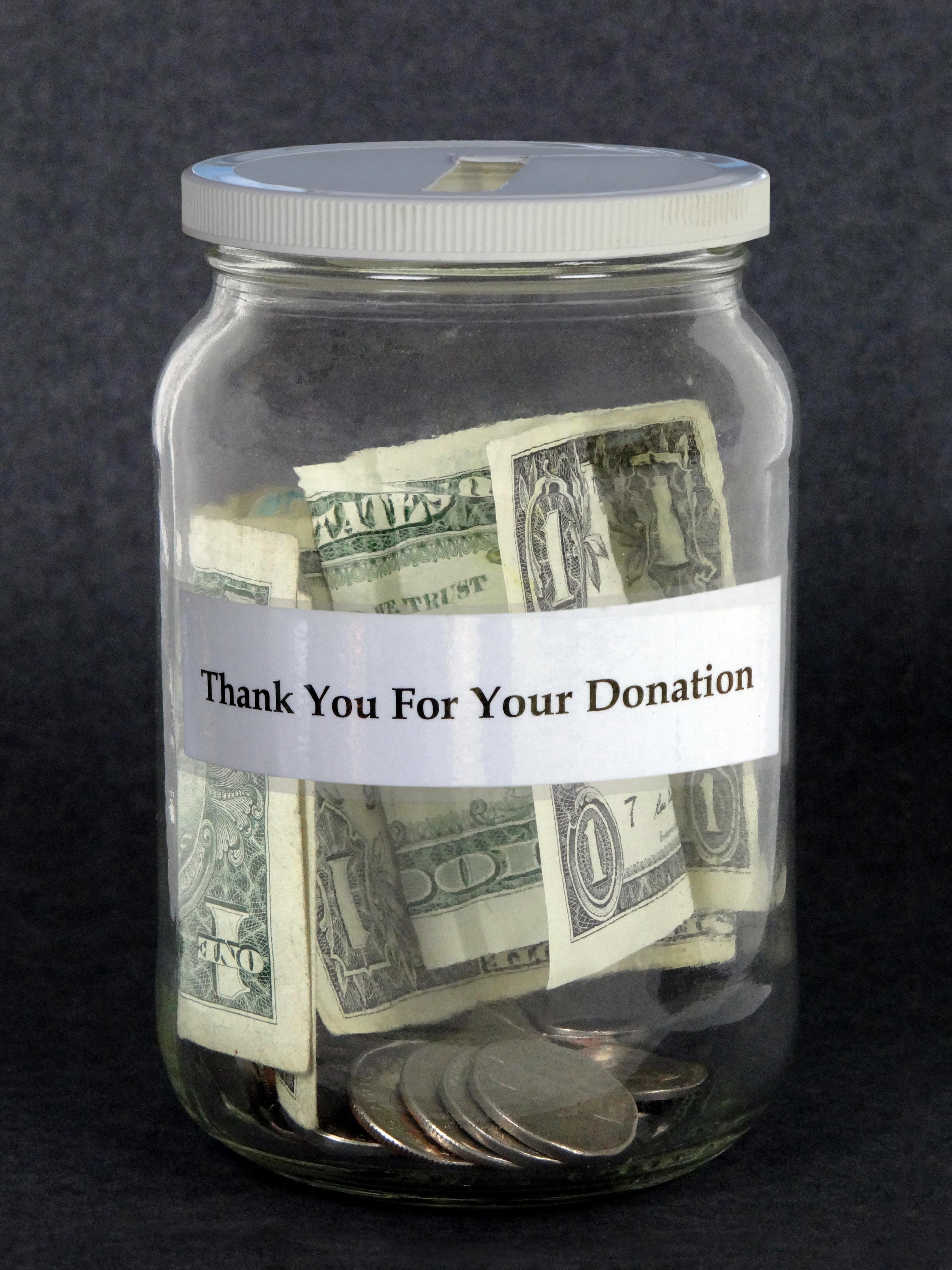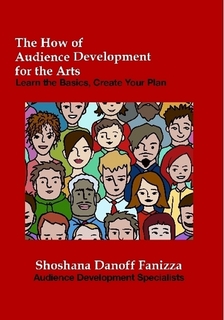
Simone Biles has taken the news by storm when she announced that she will not be competing in the Olympics. Whoa! This news coming from a powerhouse of an athlete was certainly not expected. Reading the Vox article on the subject, you can see how much pressure was put on her to succeed and carry the team to gold.
This show of honoring herself is a good follow-up piece to the last post I presented, How to Heal the Arts. I do feel the entire nonprofits world has started to talk about burnout and work related pressure a bit more. I personally am at a place in my long arts administration career attempting to assess what to do now after feeling so burnt.
Could it be time to finally look at how we treat each other? Are we taking advantage of people right and left leaving them to feel super anxious, pressured, and not feeling at their best?
Athletes work to perform under this type of pressure, but as Simone (and currently some other athletes) have shown the world, there is a limit, a breaking point, and saying no is the healthiest action to take.
What should we do if an employee is at their wits end? Many nonprofit arts employees are putting in 50-60 hours to stay afloat. Small nonprofits in particular usually do not have enough staff to cover every aspect of running a business. When someone wears more than a couple of hats, it can get quite crazy to handle.
Perhaps it is time to incorporate mental health checks to ensure our employees stay happy and healthy. Otherwise, it can cause many, many problems.
An unhappy, stressed out employee that is pushed to the limit can break. Their usual positive attitude can turn sour. They may space out more on the job. They could be the type that overflows and starts talking to other people about their misery. None of this helps the employee or the organization.
The employee could take more responsibility to help their mental health, but many times the organization could take more responsibility for their employees’ well being. Instead of chalking up the changed attitude to the employee behaving badly, perhaps learn what is causing this change.
When an employee comes to you and asks to cut hours for their mental well being, what are your thoughts on this? Do you feel they are no longer a team player or do you honor the request?
And sometimes, like Simone, you may have an employee working more than their fair share. Perhaps it is time to assess who is doing what and make sure the portions of work are more evenly distributed.
I will admit that part of the problem could be that everyone is stressed out, and the person in charge is also in a position close to burn out. What are we to do if this is the situation?
In any case, burning out vs. good mental health is in the news and on our minds as nonprofit professionals. Check out Beth Kanter’s thoughts on the subject. In my opinion, happy employees equal happy audiences, donors, and volunteers too.
What are we as an industry going to do about this?
Cheers to happy and loyal employees,
Shoshana
Shoshana Fanizza
Audience Development Specialists




